|
Historical Note: The RCN and D-Day On June 6th, 1944, over 150,000 Allied troops sailed in a 5,000 ship invasion force across the English Channel. Their aim was to establish five beachheads on the northern shore of France and then open up a second front against the Germans. This was the largest amphibious invasion force in history. The Naval component was called "Operation Neptune". Its massive fleet included 6 battleships, 23 cruisers, 135 destroyers, and 508 minesweepers and smaller craft, divided into two main task forces. The RCN provided 110 ships and 10,000 men for the invasion of Normandy, on top of its duties providing close escort for all Atlantic convoys. The fleet had two objectives: to attack German land targets and to safely escort over 2,100 major landing ships and 2,000 smaller landing craft onto the beaches of Normandy. The invasion also required the use of hundreds of merchant ships - ocean liners, tankers, tugs, to supply and support the invasion as well as 60 older freighters that would be deliberately sunk to create the two "Mulberry" temporary harbours. 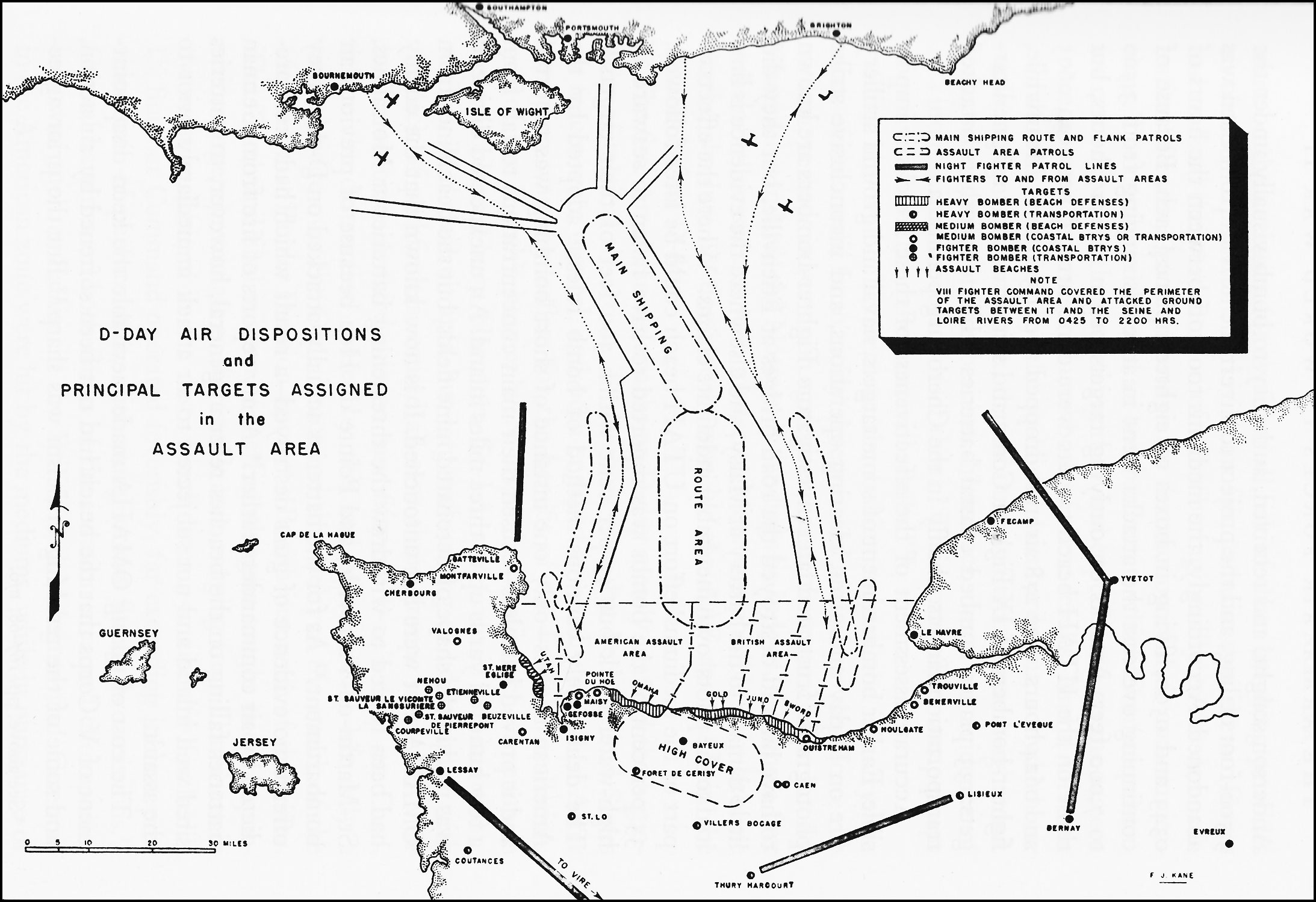
The assault forces sailed from their ports on June 5th and headed towards Normandy through designated channels swept clear of mines. The invasion took the Germans completely by surprise. The poor weather at the start of June and the Allies' very elaborate deception measures worked. The Germans expected the real invasion force to land near Calais, where the sea crossing was shortest. They believed that the landing in Normandy was merely a diversion from the actual invasion. They were wrong! In spite of the huge number of ships involved in the invasion, Allied naval losses were very light. The few German attempts to interfere with the invasion had little effect, but inflicted heavy losses on the German ships. In the days following the landing Allied warships protected reinforcement convoys from attack by U-Boats, torpedo boats, and minelayers. On the night of June 8th/9th a force of German destroyers and torpedo boats tried to break through the naval screen but was intercepted by the 10th Destroyer Flotilla. German Destroyer ZH-1 sunk by Ashanti, and Z-32 is driven ashore and wrecked by the Canadian ships HMCS Haida and Huron. Aircraft of Coastal Command and Escort Groups of the RN and RCN sink twelve U-Boats in the Western Approaches to the Channel and seven more in the Bay of Biscay. 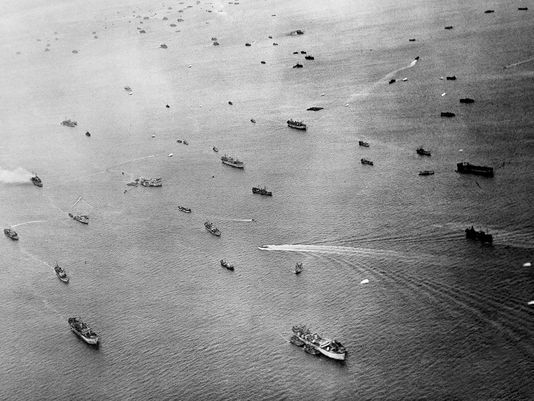
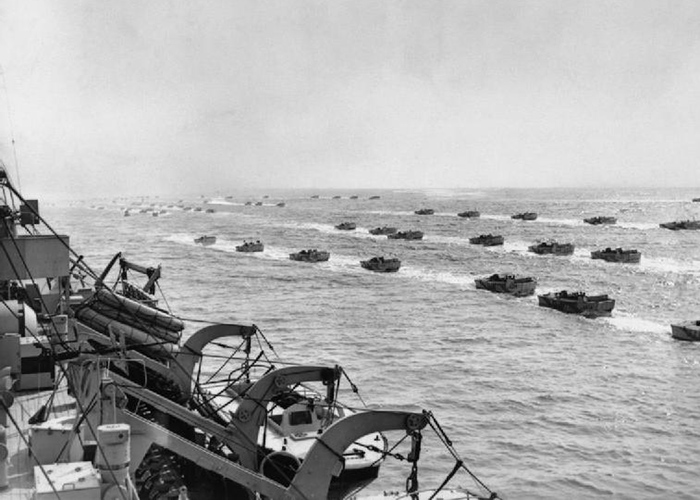 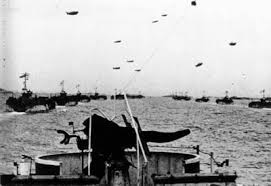 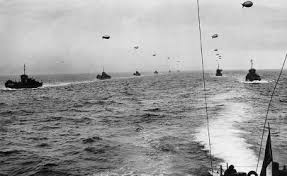
Here is actual footage of the D-Day invasion fleet at sea: Invasion Fleet at Sea (1944) 3:56 |